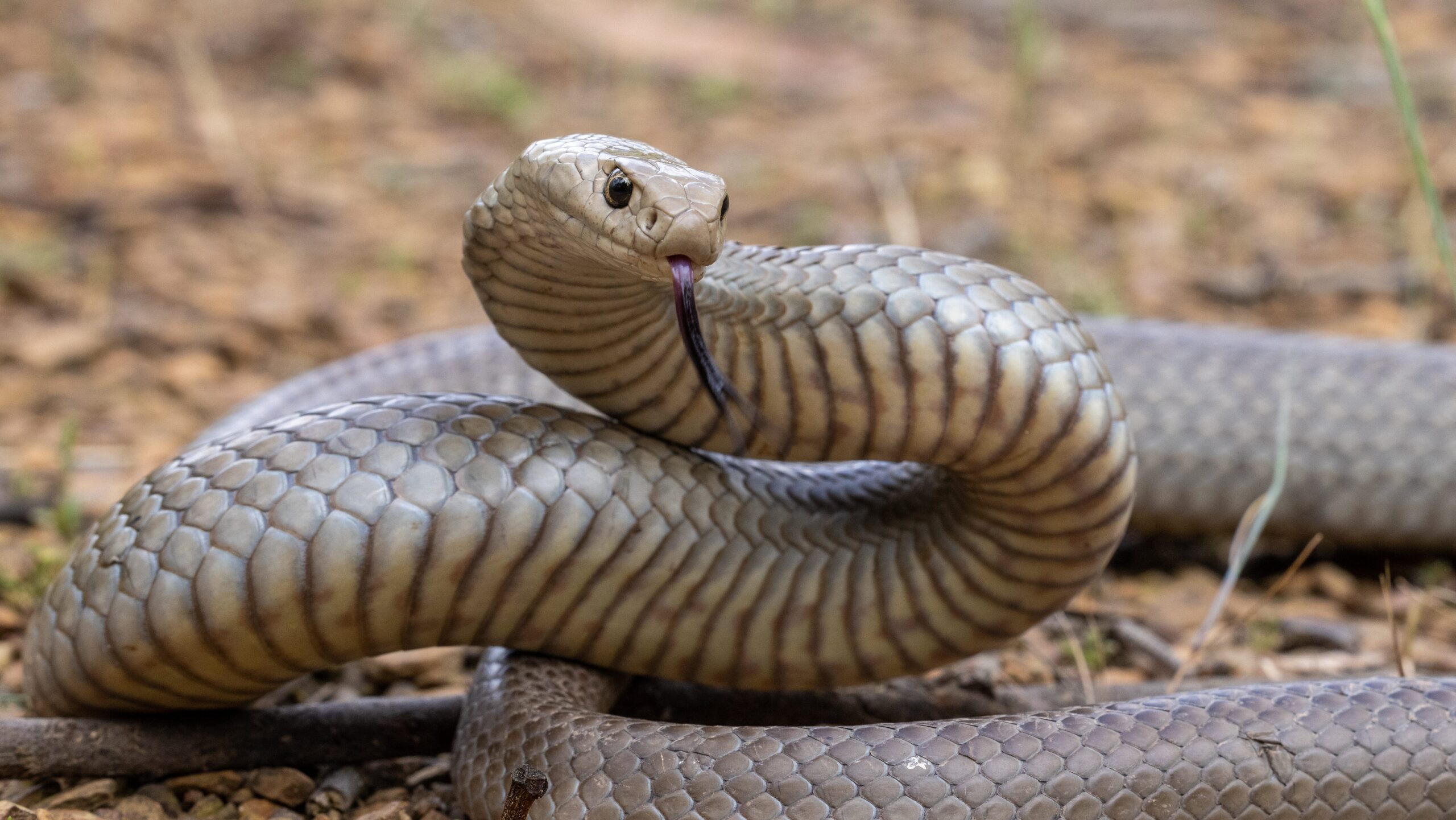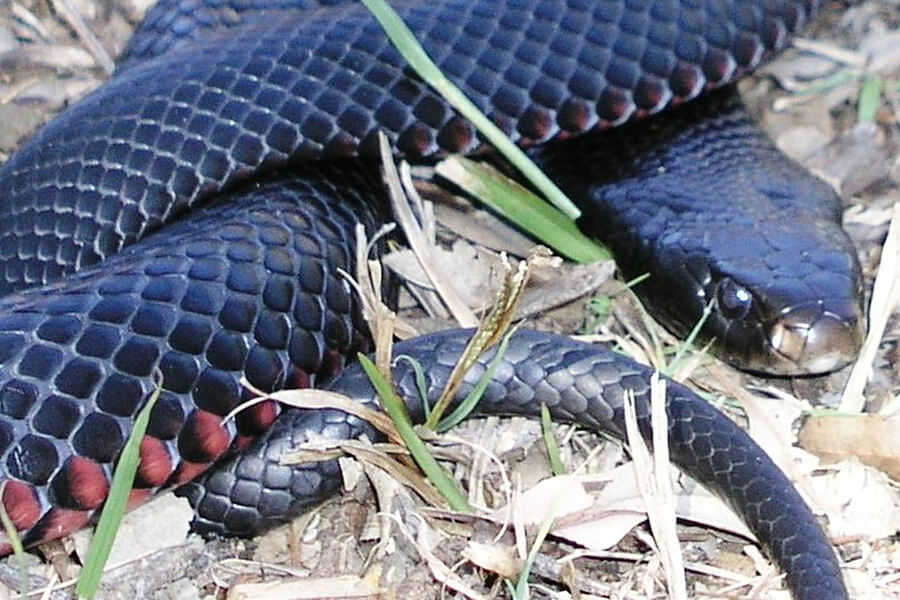Introduction
Australia is renowned for its rich biodiversity, especially when it concerns reptiles. Amongst these fascinating animals, the Eastern Tiger Serpent ( Notechis scutatus) sticks out due to its striking appearance and potent venom. Located mainly in southeastern Australia, this varieties has interested both herpetologists and laid-back observers alike. In this detailed guide, we will delve Yellow belly Tree Snake into the attributes of the Eastern Tiger Snake, discover their habitat, behavior, and diet, and share important security tips for any individual who might encounter them.
As we traverse through the subtleties of the Eastern Tiger Serpent's life, we'll additionally review crucial topics such as snake bite emergency treatment and prevention techniques. With serpent bites being a serious worry in Australia, furnishing on your own with expertise can mean the difference in between safety and security and threat. Bend up as we start this informing journey.
Exploring the Eastern Tiger Serpent: Qualities and Security Tips
1. Summary of the Eastern Tiger Snake
The Eastern Tiger Snake is a very poisonous serpent that comes from the Elapidae family members. Defined by its distinctive banding pattern that resembles a tiger's stripes, this species showcases a range of shades from olive-green to black and even brownish hues.
1.1 Physical Characteristics
Tiger serpents are tool to large-sized snakes that usually get to lengths of 1.2 to 2 meters (4 to 6.5 feet). Their durable bodies are enhanced by a squashed head that makes them easily identifiable among other snakes.
1.2 Poison Composition
The venom of an Eastern Tiger Snake is mainly neurotoxic. This suggests it can influence the nerves and bring about paralysis if left neglected. Fortunately, antivenom is offered in Australia for those unfavorable adequate to be bitten.

2. Environment of the Eastern Tiger Snake
Understanding where these snakes grow can assist in avoiding encounters and valuing their duty in the ecosystem.
2.1 Natural Habitat
Eastern Tiger Snakes choose coastal regions, marsh areas, and meadows. They are usually discovered near freshwater sources like swamps and rivers.
2.2 Geographic Distribution
This types is predominantly situated in southeastern Australia, consisting of components of Tasmania where they are typically referred to as types of brown snakes Tasmanian tiger snakes.
3. Behavior Patterns
3.1 Diurnal vs Nocturnal Activity
While some tiger serpents may exhibit nocturnal behavior throughout warmer months, they are mostly diurnal creatures that hunt throughout daylight hours.
3.2 Protective Mechanisms
When endangered, tiger snakes may show aggressive actions by curling back or hissing noisally prior to striking if prompted further.
4. Diet plan of the Eastern Tiger Snake
Tiger serpents have a varied diet mostly containing little mammals, birds, amphibians, and various other reptiles.
4.1 Hunting Techniques
They employ ambush tactics coupled with rapid strikes to capture innocent prey-- an outstanding feat provided their size!
5. Are Tiger Snakes Venomous? Comprehending Their Danger Level
Yes! The eastern tiger snake is without a doubt poisonous; nonetheless, not all bites Immobilization lead to envenomation (the injection of poison). Understanding about their threat degree is important for anyone that frequents their habitat.
6. Emergency Treatment for Snake Bites: An Important Skillset
If someone is attacked by a tiger snake or any type of other types:
- Remain tranquility; panic exacerbates symptoms. Call emergency situation solutions immediately. Apply a pressure plaster over the bite site.
Knowing just how to react without delay can conserve lives!
7. Typical Misconceptions Concerning Tiger Snakes Debunked
Misunderstandings concerning tiger snakes abound-- let's deal with some typical myths:
- Myth: All snakes are aggressive. Fact: Lots of serpent species choose evasion over confrontation. Myth: A completely dry bite suggests no danger. Fact: Always seek clinical focus despite symptoms!
8. Safety And Security Preventative Measures When Encountering Snakes
Awareness is your finest protection versus unwanted encounters with tiger snakes:
- Stay vigilant while hiking or walking through known habitats. Avoid tall grass where presence may be limited. Wear proper footwear when exploring natural areas.
9. What To Do If You Come Across an Eastern Tiger Snake?
Stay calm! Slowly back away without making sudden motions-- it's crucial not to prompt the animal further.
10. Infant Tiger Snakes: The Kids' Journey
Juvenile tigers usually display various coloration than grownups but keep comparable patterns that provide camouflage against killers and ecological threats.
10.1 Developmental Stages
These infant snakes arise after about 2 months' gestation from eggs laid by women-- a fascinating change into independence!
11. The Function of Conservation in Protecting Serpent Species
With city advancement elbowing in upon all-natural environments, conservation initiatives are crucial for maintaining healthy and balanced populations of eastern tiger snakes-- and all wildlife!

Frequently Asked Questions
FAQ 1: Are all tiger snakes deadly?
While eastern tiger serpents possess powerful poison efficient in triggering extreme harm or death if unattended, not every encounter leads to a bite or envenomation.
FAQ 2: Exactly how can I identify an eastern tiger snake?
Look for special stripe patterns combined with pigmentation varying from olive-green to black; they additionally have flat heads particular of elapids!
FAQ 3: What need to I consist of in my serpent bite first aid kit?
Essential items include stress bandages, sterile gauze pads for injury care, antibacterial wipes/solutions like alcohol swabs in addition to emergency call numbers!
FAQ 4: Just how frequently do tiger serpents breed?
Typically breeding occurs during springtime when temperatures rise-- women may lay between 20-30 eggs per clutch depending on environmental conditions!
FAQ 5: What makes Tasmania's tiger serpent unique?
Tasmanian tigers tend towards bigger sizes contrasted to mainland counterparts; their color variants vary commonly throughout different geographical areas too!
FAQ 6: Can you safely transfer a serpent found on your property?
It's recommended not to try self-relocation as inappropriate handling may prompt them-- get in touch with regional wildlife authorities instead for assistance!
Conclusion
In summary, discovering the eastern tiger snake discloses much concerning one of Australia's most fascinating reptiles-- from its striking physical attributes to its necessary duty within ecological communities together with widespread safety factors to consider relating to prospective experiences with people! Recognition regarding this types fosters regard while guaranteeing risk-free experiences ought to one cross courses with these magnificent creatures out in nature-- due to the fact that knowledge genuinely encourages us all!